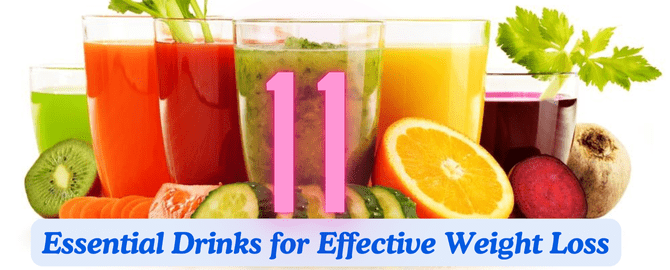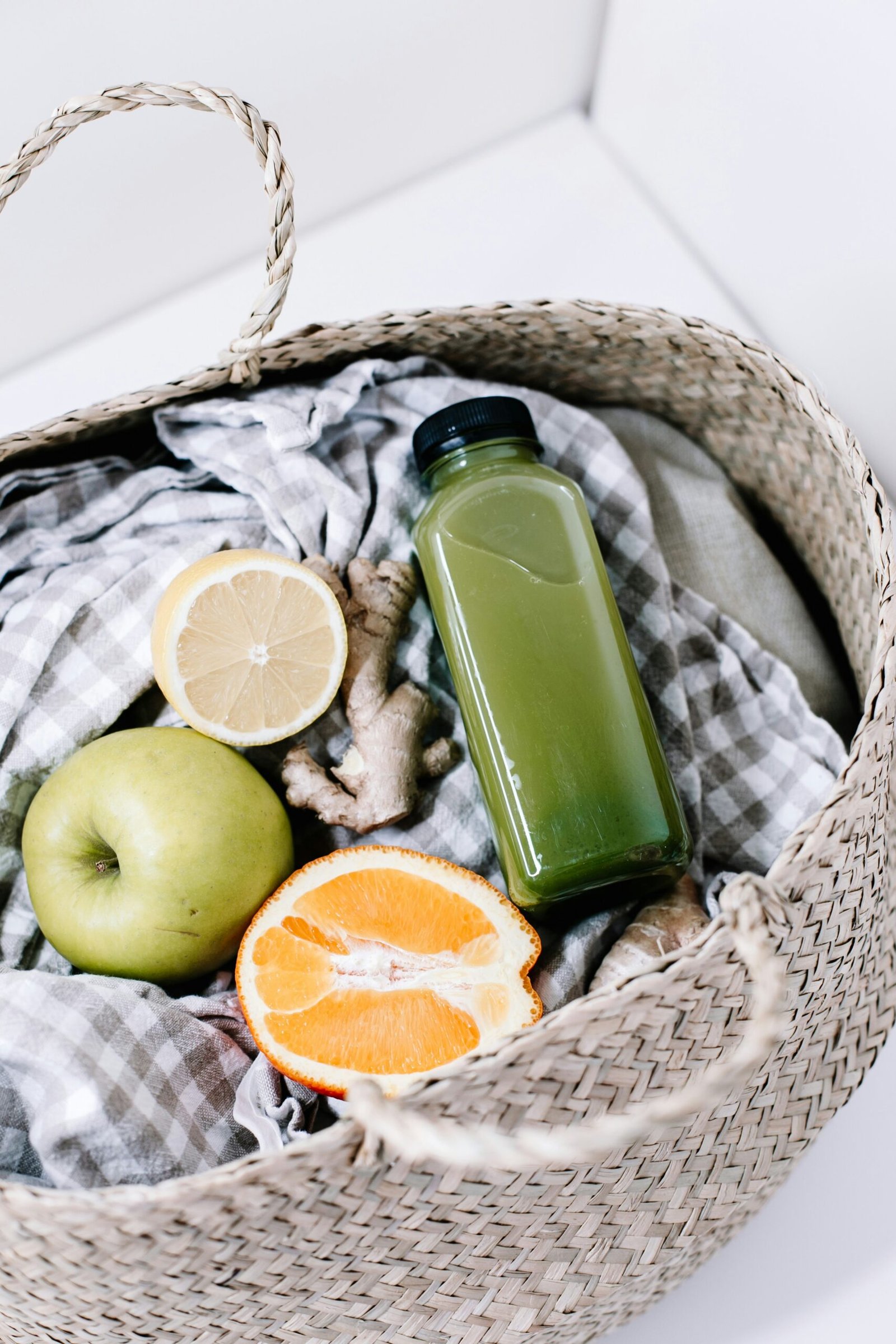
Understanding Inflammation and Its Impact on Health
Inflammation is a natural response of the body’s immune system to harmful stimuli, such as pathogens, damaged cells, or irritants. This response can be categorized into two types: acute and chronic inflammation. Acute inflammation is a short-term immune response characterized by redness, swelling, heat, and pain, which serves as a protective mechanism to facilitate healing. This type of inflammation usually resolves within a few days and is crucial for recovery from injuries or infections. On the other hand, chronic inflammation persists over a longer period and can lead to detrimental effects on health.
Chronic inflammation is often a result of unresolved acute inflammation and can arise from factors such as prolonged stress, poor diet, lack of exercise, and exposure to environmental toxins. Over time, it creates a state of ongoing immune activation that can contribute to the development of various diseases. Conditions linked to chronic inflammation include heart disease, diabetes, arthritis, and certain types of cancer. These ailments underscore the significance of addressing inflammation not just through medical interventions but also through lifestyle changes.
An anti-inflammation diet can play a pivotal role in modulating inflammatory processes in the body. Such a diet for beginners typically emphasizes the consumption of whole foods rich in nutrients, antioxidants, and healthy fats while minimizing processed foods, sugars, and trans fats. Foods commonly recommended in an anti-inflammation diet include fruits, vegetables, whole grains, nuts, seeds, and fatty fish, which have been shown to possess anti-inflammatory properties. By adopting these dietary practices, individuals may not only reduce the risk of chronic diseases associated with inflammation but also enhance their overall well-being.
Key Principles of an Anti-Inflammation Diet
Embarking on an anti-inflammation diet can be highly beneficial for individuals seeking to reduce chronic inflammation and improve overall well-being. The foundational principle of this dietary approach is to prioritize whole, unprocessed foods that are nutrient-dense. By incorporating a variety of fruits and vegetables, one can ensure an abundance of vitamins, minerals, and antioxidants, which play a critical role in combating inflammation. Colorful produce such as berries, leafy greens, and cruciferous vegetables are particularly advantageous and should be staples in your diet for beginners.
Healthy fats are another cornerstone of an anti-inflammation diet. Sources such as avocados, nuts, seeds, and olive oil provide essential fatty acids that can help reduce inflammatory markers in the body. These fats not only promote heart health but also support brain function. In contrast, it is vital to minimize the intake of unhealthy fats, such as trans fats found in many processed foods. Refined carbohydrates and added sugars can exacerbate inflammation and should also be limited to promote optimal health.
Whole grains, including brown rice, quinoa, and oatmeal, offer additional nutrients and fiber, making them excellent choices for an anti-inflammation diet. These grains help regulate blood sugar levels and improve gut health, which is closely linked to inflammation. Additionally, hydration plays a significant role in maintaining overall health. Drinking plenty of water is essential, and certain beverages, such as green tea, may offer further benefits due to their anti-inflammatory properties. By focusing on these key principles, individuals can develop a balanced diet that not only minimizes inflammation but also nurtures overall health and vitality.
Practical Tips for Starting Your Anti-Inflammation Journey
Embarking on an anti-inflammation diet can be a transformative experience, especially for beginners seeking to improve their overall health. To make the transition smoother, consider implementing these practical tips. First, meal planning is crucial. Allocate a specific day each week to plan your meals, which should be rich in anti-inflammatory foods such as fruits, vegetables, whole grains, nuts, and fatty fish. This not only saves time but also ensures that you have a structured approach to your dietary changes.
When shopping for groceries, focus on selecting whole, unprocessed foods. A helpful strategy is to stick to the perimeter of the store where fresh produce, dairy, and lean meats are typically found. It is also essential to familiarize yourself with food labels. Look for products that have minimal ingredients and avoid those with added sugars, preservatives, and unhealthy fats. Remember that even foods marketed as healthy can have hidden additives that could undermine your anti-inflammation efforts.
Including simple and quick recipes can make your cooking experience enjoyable and stress-free. Start with basics like smoothies using spinach and berries, or create salads featuring kale, avocado, and a variety of seeds. Also, consider batch-cooking certain meals so you have healthy options readily available during busy days. It’s also crucial to be mindful of cravings; when tempted by inflammatory foods, try replacing them with healthier alternatives such as dark chocolate instead of sugary snacks.
Finally, learn to navigate dining out while adhering to your diet for beginners. Opt for seafood or vegetable-based dishes, and do not hesitate to request modifications to meals to better suit your dietary needs. By incorporating these strategies, you’ll find the journey to an anti-inflammation diet more accessible and enjoyable.
Monitoring Your Progress and Making Adjustments
Embarking on an anti-inflammation diet can be a significant shift in one’s eating habits, particularly for beginners. It is essential to monitor your progress and be adaptable to the changes your body experiences. Documenting your journey can provide valuable insights into how specific foods affect your inflammation levels and overall health. One of the simplest yet effective methods to track your progress is by keeping a food journal. In this journal, you can log everything you eat, alongside notes on how you feel physically and emotionally after each meal. This self-awareness can help identify potential triggers that may exacerbate inflammation.
Another useful method for assessing your health in relation to the anti-inflammation diet is to pay attention to certain inflammation markers. Many individuals find it helpful to consult with a healthcare professional who can provide guidance on specific blood tests or other evaluations that measure inflammation in the body. This professional insight can be instrumental in tailoring a diet that specific health needs and making informed dietary choices.
It is also crucial to recognize that individual responses to the anti-inflammation diet can vary widely. Some may notice improvements in their well-being relatively quickly, while others might take longer to observe significant changes. This variability can be influenced by factors such as age, existing health conditions, and genetic predispositions. Therefore, maintaining a patient and flexible attitude when making dietary adjustments is essential. As you monitor your progress, remain open to tweaking your meal plans, experimenting with new foods, and reassessing what works best for your unique body. Ultimately, an anti-inflammation diet is a personal journey, which requires continuous reflection and adaptation to achieve the best possible outcomes for your health.








